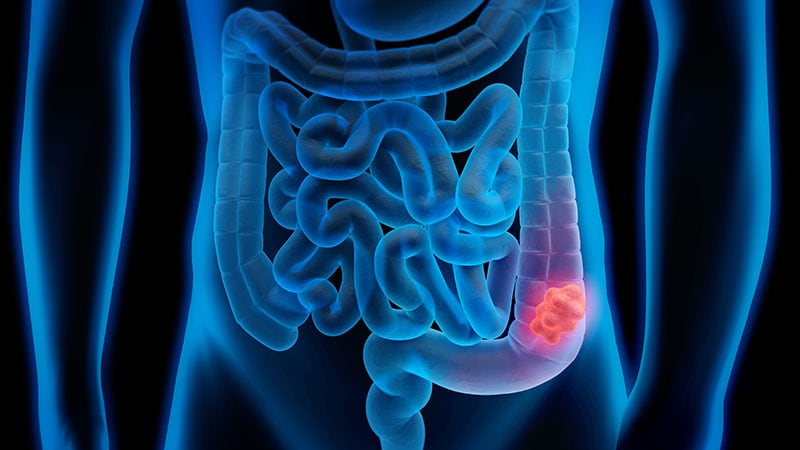Environmental biologists at the University of Stirling have warned that the potential spread of COVID-19 via sewage “must not be neglected” in the battle to protect human health. While the response to the global pandemic has focused on preventing person-to-person transmission, in an article published in the journal Environment International, Professor Richard Quilliam and colleagues at Sterling’s Faculty of Natural Sciences warn that the sewerage system itself could pose a transmission risk.
The paper uses the SARS-CoV-1 outbreak in 2002-2003, when SARS-CoV-1 was detected in sewage discharged by two hospitals in China.
There is currently limited information on the environmental persistence of COVID-19, but other coronaviruses can remain viable in sewage for up to 14 days.
Professor Quilliam highlights that, as most COVID-19 patients are asymptomatic or experience just mild symptoms and remain at home, there is significant risk for “widespread” distribution through sewers.
“It is not yet known whether the virus can be transmitted via the faecal-oral route, however, we know that viral shedding from the digestive system can last longer than shedding from the respiratory tract. Therefore, this could be an important - but as yet unquantified - pathway for increased exposure.”
Furthermore, he says “the transport of coronaviruses in water could increase the potential for the virus to become aerosolised.”
“At a time when the world is so focused on the respiratory pathways of a respiratory virus, understanding the opportunities for SARS-CoV-2 to be spread by the faecal-oral route must not be neglected,” the authors state.
“In the immediate future, there needs to be an investment of resources to improve our understanding of the risks associated with faecal transmission of SARS-CoV-2, and whether this respiratory virus can be disseminated by enteric transmission,” they conclude.



